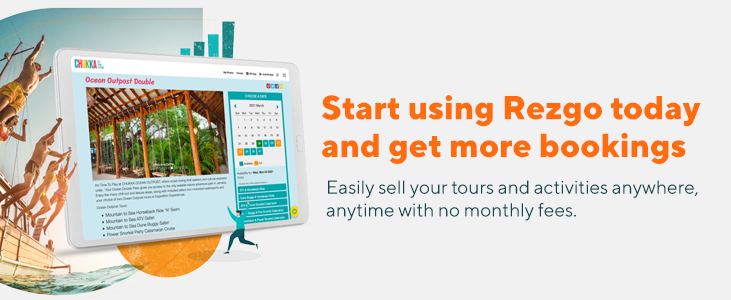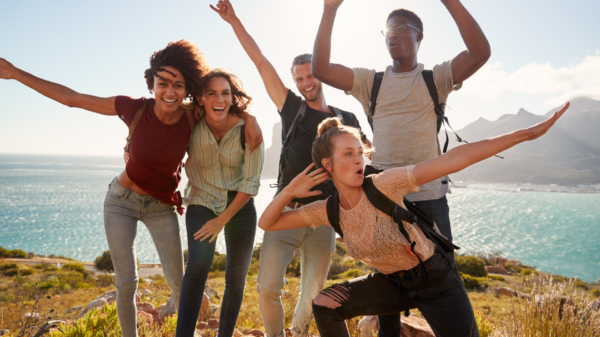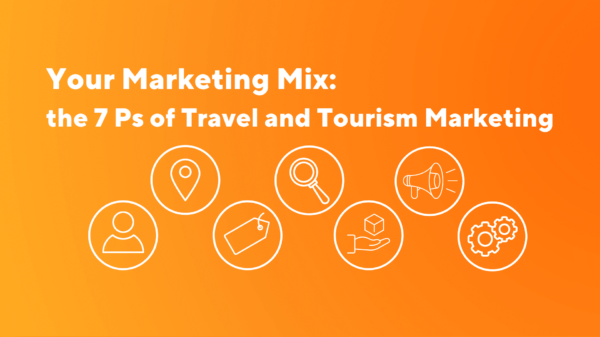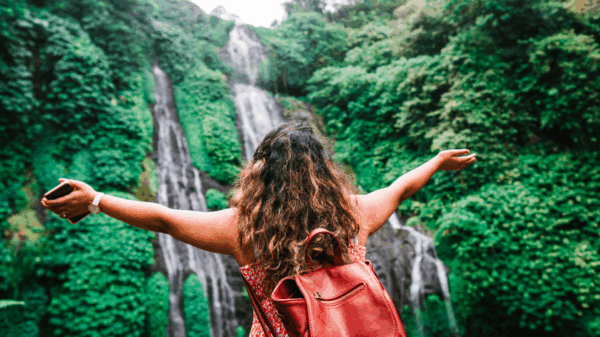Table of Contents
Artificial intelligence (AI) is changing the way people do many tasks — including travel planning. Travelers are increasingly using AI to find inspiration for places to go and things to do, and even to get recommendations for hotels, tours, and activities to book.
AI travel planning is just getting started, but already 10% of Gen Z and 7% of Millennials are using AI to plan their vacations. And this will probably increase as AI tools improve and more people adopt them.
So, how can you capture those bookings? While search engine optimization (SEO) aims to get your website to the top of search engine results, what’s sometimes called generative engine optimization (GEO) or AI search optimization (AISO) aims to get your business to appear in AI search results.
And, while similar, it requires a few different techniques from traditional SEO. Below, we’ll run through what you can do to get your business to appear in AI-powered results and get found by travellers searching there.
How Are People Using AI for Travel Planning?

First up, how is AI changing the travel planning game? There are two main ways people are getting travel information and recommendations through AI:
- AI overviews
- AI chatbots
AI Overviews
AI overviews (AIOs) appear at the top of some Google searches and searches on other websites. They provide an AI-generated answer to a search query. This could include a short explainer, a summary of the search results, or a list of recommendations. There are usually links to relevant third-party websites.
For example, if someone searches for “best Northern Lights tour Iceland,” they might get a list of recommended tours in the AIO. This can include a short description of tours companies offer and links to their websites. People can follow these links to learn more and potentially book a tour directly.
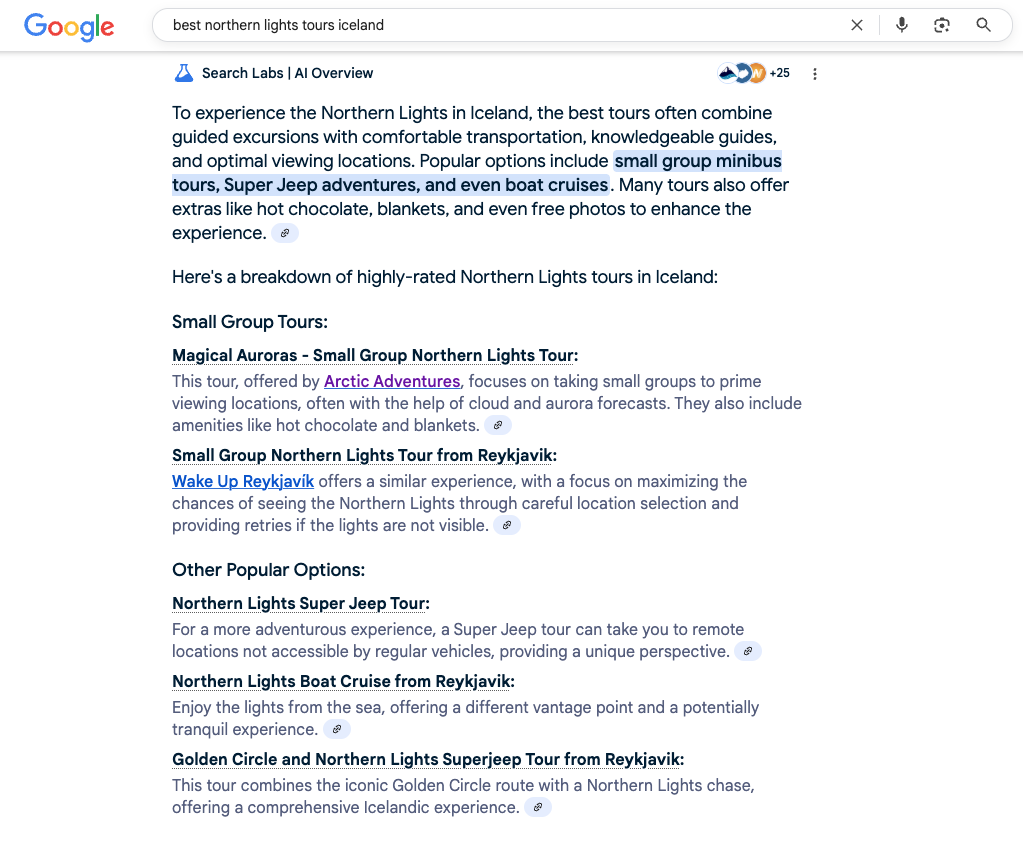
AI overviews don’t appear for every search, but they’re popping up more frequently.
AI Chatbots
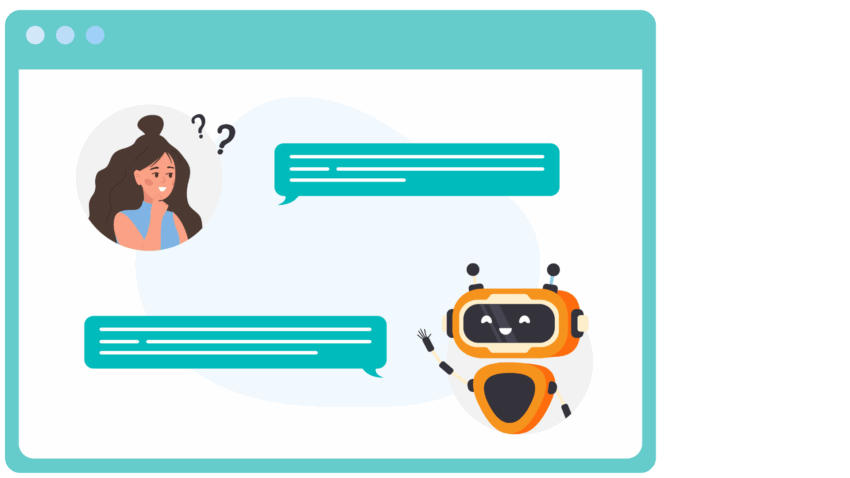
You’ve probably heard about (or use!) ChatGPT and other AI chatbots like Google Gemini, Claude, and Perplexity.
As well as AIOs, travellers are increasingly turning to AI chatbots for travel research. They might plug in the same query they’d put into Google, ask a more specific question, or have a back-and-forth conversation to get recommendations tailored to their needs.
For example, they might ask:
- “Can you recommend a list of tours to see the Northern Lights in Iceland?”
- “What’s the best tour to see the Northern Lights from Reykjavik in November?”

Either way, AI chatbots can include specific tour or activity operators in the generated responses. These often link to the companies’ websites, allowing travellers to learn more and potentially make a direct booking.
And instead of a simple list, AI chatbot responses may compare tour companies against each other, or highlight the top choice depending on various factors.
Why Optimizing for AI Search Is Important
Taking steps to get your tour or activity company to show up in AI-powered search results isn’t just about capturing more bookings.
The way people find information online is changing. Almost 72% now use AI tools for search, and 55% believe AI-generated results can make it easier to find products and services online.
As more people use AI for travel planning, they may never hear about your business if it’s not showing up in AI responses.
And depending on the search, people can get answers from AIOs or AI chatbots without clicking through to a third-party website. Even if your website ranks on page one of Google, it may now sit further down the page as an AI overview takes up real estate.
This means you might notice declining traffic from search engines and familiar marketing methods, like SEO, might not bring in as many customers as they once did.
Optimizing for AI search can help you stay up to date with how some customers are now finding tour and activity operators.
How to Get Featured in AI Overviews

Let’s start with AI overviews. According to Google itself, many SEO best practices you’d use to rank well in traditional search can help get your business featured in AI overviews.
Here are some simple steps you can take to get started.
1. Create High-Quality, Human-First Content
When you’re creating your web pages, product descriptions, and blog posts, make sure you keep your ideal customer in mind at all times.
All content should read naturally, be easy to skim, and be genuinely useful. It should also answer key questions your potential customers would have in a clear and concise way.
This is especially important when describing your tour or activity offerings — content AI may pull from when referencing your business.
If you’re using AI to create content (like Rezgo’s Smart Tour Descriptions) be sure to double-check everything is factually accurate and in line with your brand’s tone of voice before you hit publish.
2. Demonstrate EEAT (Experience, Expertise, Authoritativeness, and Trustworthiness)
Demonstrating EEAT can improve visibility in traditional search, AI overviews, and AI chatbot responses.
You can display EEAT by:
- Showcasing your brand as an expert in your topic: One way to do this is by publishing high-quality blog posts about relevant topics. So, if you offer Northern Lights tours in Iceland, you might publish blog posts on: “how to photograph the Northern Lights,” “the best time to see the Northern Lights in Iceland,” and “what causes the Northern Lights.”
- Sharing first-hand experiences and expert tips: Share anecdotes, behind-the-scenes info, or advice from experts in your content. This could be tips from your on-staff photographer or your own data on when guests get luckiest seeing the Northern Lights.
- Use high-quality, original images and video. If possible, shoot your own visuals to showcase your offerings. The more unique and engaging, the better.
3. Keep Your Business Info and Content Up to Date
AI-generated responses pull from fresh, up-to-date information. So, any outdated info — either on your own website or on third-party sites — can hurt your chances of getting featured in AI overviews.
Use tools like Rezgo to manage availability, inventory, and pricing across multiple platforms, helping you stay on top of all of your offerings.
Beyond information about your tours or activities, regularly check and refresh blog content to make sure everything is up to date. Adjust the publish date when you make changes.
How to Appear in AI Chatbot Responses

Getting your tour or activity business to appear in AI chatbot responses involves similar steps to getting it into AI overviews. But here are a few specific steps you can take to improve your visibility in AI chatbot search.
- Use Natural Language
If SEO is all about keywords, AI search is all about natural language. Specific phrases matter less and it’s more about context.
In your web pages, product descriptions, and blog posts, write conversationally and use phrases your customers would use when travel planning.
Bonus tip: Publish FAQ or Q&A style content that clearly answers questions people might have when searching for tour operators. Check questions your customers ask over email or social media, and use tools like Answer the Public to find out what people are asking.
- Encourage Good Reviews (and More of Them!)
Potential customers aren’t the only ones looking at reviews — AI might be too. A high number of positive reviews makes your business look more trustworthy (to both AI and humans). And AI tools sometimes draw language from reviews and recommend specific tours with a high number of good reviews.
You can encourage reviews by:
- Sending thank-you emails asking for reviews (you can automate these with software like Rezgo)
- Offering incentives to your guides to encourage good customer service and asking for reviews
- Sharing a QR code in person that links to your Tripadvisor page or Google Business Profile
- Get Mentioned on Third-Party Sites
The more your business is mentioned by trustworthy, third-party sources, the higher the chances of it appearing in AI recommendations.
Backlinks (links from a third-party site to your website) are important in traditional SEO. But mentions and general brand awareness may be more important for AI search.
You can increase mentions from high-authority sources by:
- Encouraging more reviews on third-party sites
- Listing your tours on online travel agencies like Viator or Get Your Guide
- Connecting with local tourism boards or directories that may mention your business
- Reaching out to bloggers, media outlets, and industry publications with unique data or insights to encourage features (such as in a round-up, profile, or travel guide)
Final Thoughts
It’s worth noting that the world of AI search is changing rapidly, and how you get your business in front of people might change too.
To get started, focus on building a good foundation of:
- Publishing high-quality content
- Keeping all your business information and content up to date
- Getting more reviews
- Increasing brand mentions and awareness
The good news is most of these steps can help your business get found in traditional search and AI-powered searches. That means people can find your business wherever they’re looking for it, and your bookings will benefit, too.


